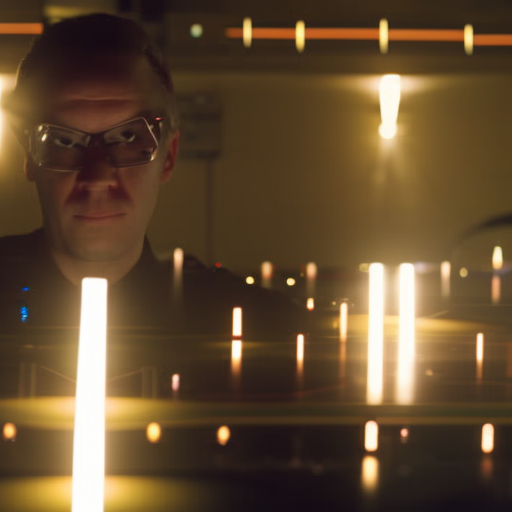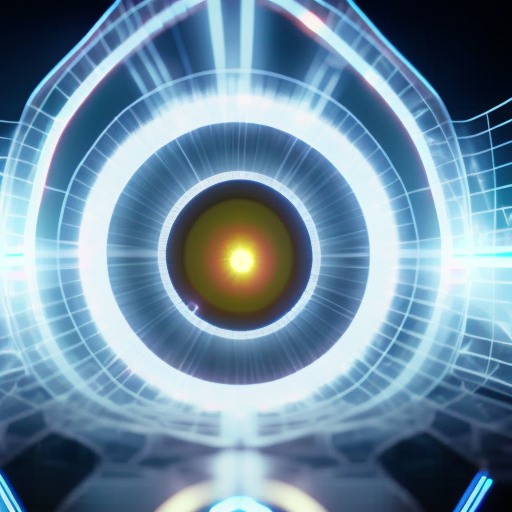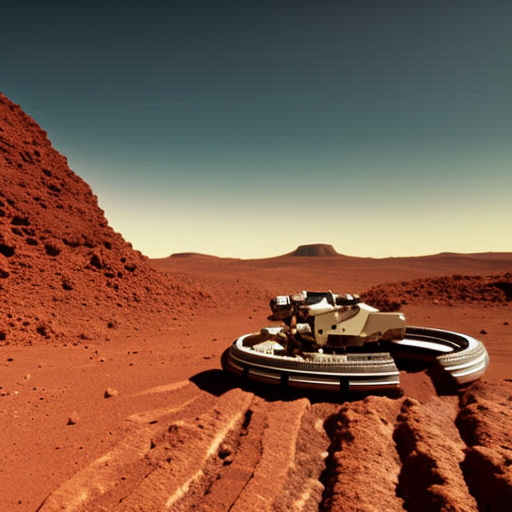Nuclear reactors are advanced systems that harness nuclear reactions to generate electricity and have applications in various industries.
Nuclear Physics Explained
Nuclear physics is the study of the properties and behavior of atomic nuclei, including nuclear reactions and the production of nuclear energy.
Radiological Protection Explained
Radiological protection focuses on minimizing radiation exposure and its potential health risks through safety measures and regulations.
Nuclear Fission Explained
Nuclear fission is the process of splitting an atomic nucleus, releasing a large amount of energy.
Radioactive Decay Explained
Radioactive decay is the spontaneous process in which unstable atomic nuclei release radiation and transform into more stable forms.
Space Elevators Explained
Space elevators are a proposed method of transportation that could revolutionize space exploration by using a cable to transport people and cargo from Earth to space.
Planetary Rovers Explained
Planetary rovers are robotic vehicles designed to explore and gather data on the surface of other planets.
Satellite Imagery Explained
Satellite imagery is the use of satellite-based sensors to capture and analyze data about the Earth’s surface for various scientific and technological applications.
Space Navigation Explained
Space navigation involves the methods and techniques used to guide spacecraft and satellites through the vastness of outer space.
Health Application Platforms Explained
Health application platforms are digital platforms that provide a range of health-related services and tools to users, promoting better healthcare management and wellness.
Digital Therapeutic Devices Explained
Digital therapeutic devices are technology-based tools that aim to improve health outcomes and treat medical conditions.
Extravehicular Activity Explained
Extravehicular activity refers to the scientific and technological practice of humans venturing outside their spacecraft in space.




















